Subtle lines on the boy’s foot that turned out to be from WORMS wriggling inside him
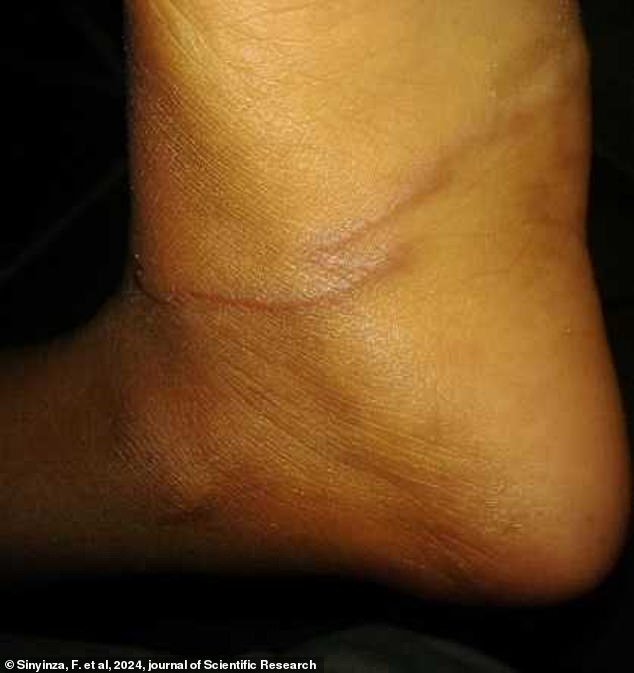
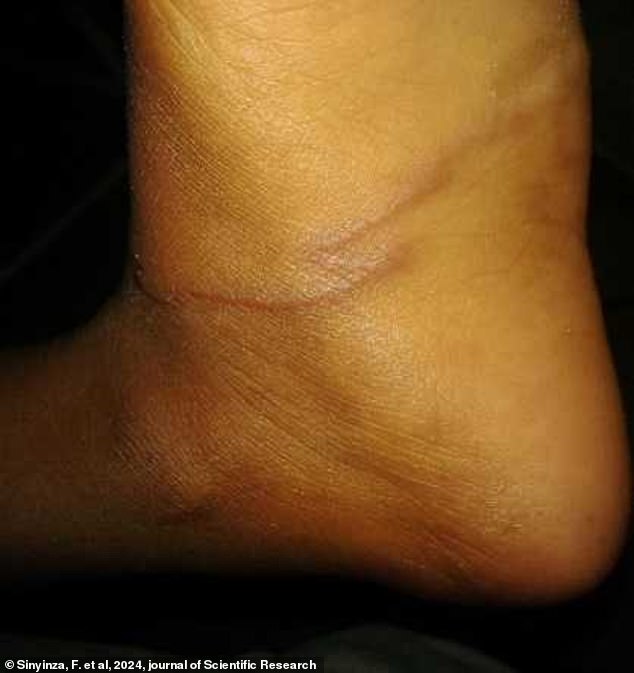
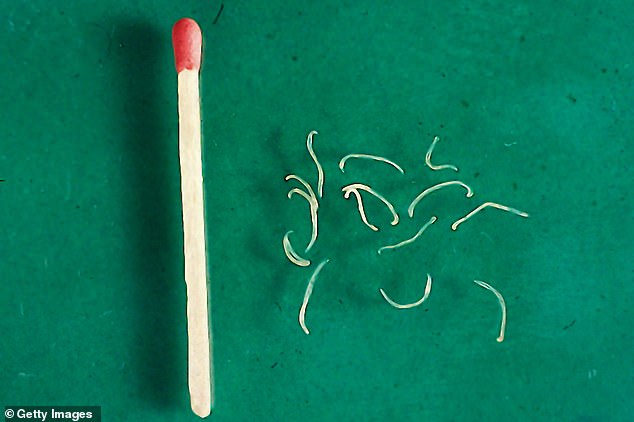
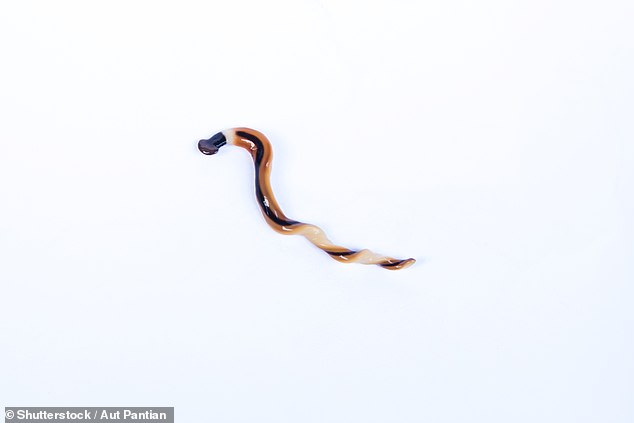
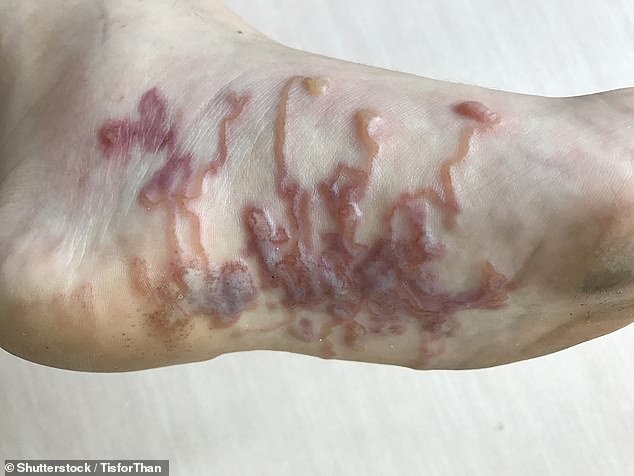
You might want to pack a pair of sandals the next time you take a long walk on the beach.
After playing barefoot in the sand with his friends, this seven-year-old boy developed itchy bumps on his left heel.
While it may look like a simple scratch, doctors discovered it was actually the outline of parasitic worms that had burrowed under his skin.
The boy from Namibia had contracted the parasites after stepping on the feces of an infected dog or cat, which was contaminated with larvae.

When doctors realized that the boy lived in an area where dogs and cats were present and regularly played barefoot, it was a clue that he may have come into contact with hookworm larvae.

Adult hookworms outside the body. The disease that the boy got is caused by the larvae, which are even smaller than these
When the boy went to the doctor, he said the lines on his foot became more pronounced as he itched, according to the case study published in the journal Scientific researchsaid.
Doctors ruled out other culprits and found that the boy had not been bitten by insects or otherwise injured. He was growing normally and had received all his vaccinations.
But when the doctors asked the boy about his home, they did find some clues.
He came from the densely populated area of Rundu, a region in northeastern Namibia with a population of over 118,000 people.
There, doctors discovered that the boy had been playing barefoot in the sand with his friends, in places where dogs and cats also relieved themselves.
They therefore diagnosed ‘larva migrans’ of the skin.
Adult hookworms live in the intestines of infected dogs and cats. When these animals go to the toilet, their feces sometimes contain hookworm eggs.
When a person steps on, sits on or touches that ground, the larvae can burrow into the skin. They are not mature enough to invade other parts of the body and remain in the skin, moving as much as a centimeter per day.
It is most common in the feet, buttocks, thighs and hands, but the worms can penetrate any part of the skin. It cannot spread between people.
When the larvae burrow under the skin, the body’s immune system responds and creates the inflamed, bumpy red lines characteristic of the disease.
This infection is particularly common in tropical areas with poor sanitation and infrastructure, such as the Caribbean, Southeast Asia, Africa, and parts of the southeastern United States.
Doctors do not know how common the disease is and the study authors say it is a “neglected, non-communicable zoonotic disease,” especially because the disease affects people in poor countries, although tourists are also infected every year.

Hookworms have sharp heads that they use to bore into the skin. The worm in the photo is an adult and is much larger than the species that lives under the skin.

A rare case of subcutaneous substantia nigra. The lines form when the body’s immune system reacts to the worms inside, causing inflammation and itching, which appear as these raised lines on the skin’s surface
Doctors have been reporting on the condition for over 100 years and have come up with multiple treatments. The Namibian boy was given Albendazole tablets, an FDA-approved treatment for patristic worms, and an anti-itch medication.
After a week his itch was gone. After six weeks the traces of the worms were gone.
Sometimes the condition goes away on its own without treatment, because the larvae die off under the skin.
But if the worms cause itching in the patient, as in a 7-year-old child, sores may develop on the skin that become infected. In that case, doctors choose to treat the infection with medication.
In rare cases where doctors don’t treat it and the patient scratches themselves at a wound, there have been reports of more serious infections, researchers at Sampson Regional Medical Center.
These infections can lead to kidney damage, other skin rashes, joint pain, fever, and a weakened immune system, making you more susceptible to other illnesses.
There is no vaccination against the worm, but you can help prevent the spread of the disease by deworming your pet and wearing shoes when walking on sand or soil.
It was once thought that human hookworm had been eradicated in the U.S. between the 1950s and 1980s, thanks to improved sanitation. But a 2017 study found that the worm is still prevalent in certain very rural areas of the South, largely due to poor sewage systems.




